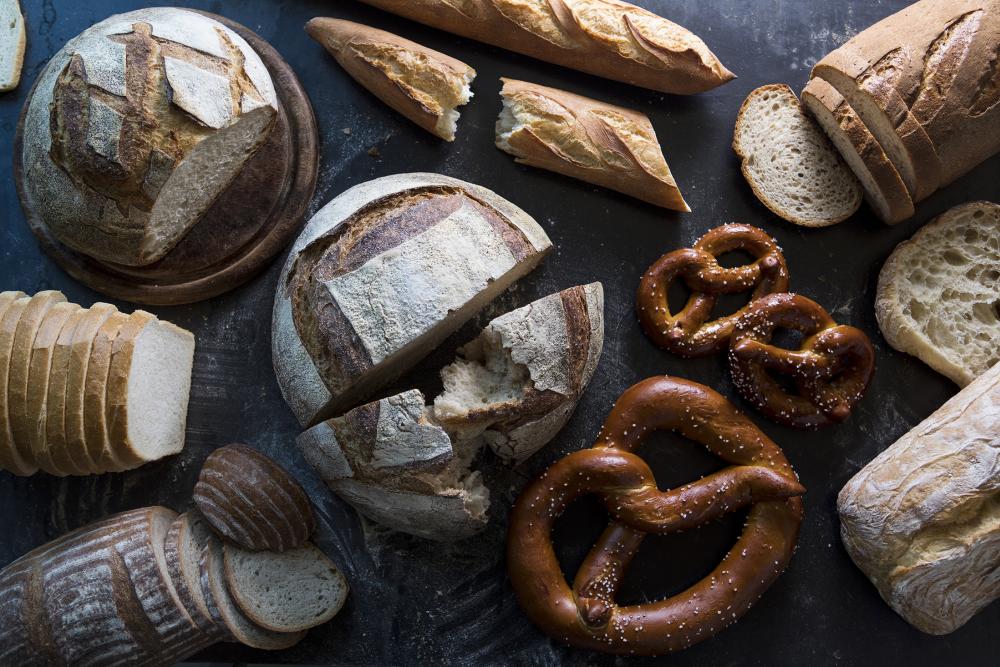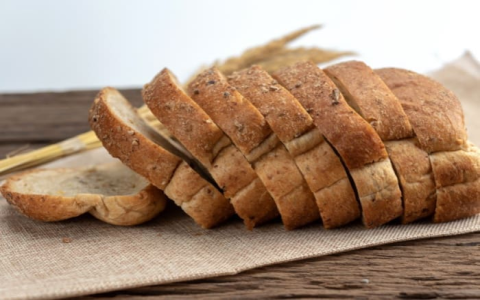Okay, folks, let’s talk about making some Easy Tiger Sourdough. I’ve been messing around with sourdough for a while now, and this one’s become a real go-to. It’s simple, reliable, and tastes darn good. Here’s how I tackled it, step-by-step:
Getting My Starter Ready
First things first, you gotta have a lively starter. I fed mine the night before – just my usual 1:1:1 mix of starter, flour, and water. I used about 50g of starter, 50g of all-purpose flour, and 50g of water. Stirred it up, covered it loosely, and let it sit on the counter overnight. By morning, it was all bubbly and doubled in size. That’s how I knew it was good to go.

Mixing the Dough
Next up, I got a big bowl and tossed in my ingredients. For this Easy Tiger, I went with:
- Flour: Mostly bread flour, with a bit of whole wheat for extra flavor. I think I did around 400g of bread flour and 100g of whole wheat. I’ve found playing a bit with the ratio gives a slightly different taste.
- Water: About 350g. I always start with a bit less than the recipe calls for and add more if needed. It’s easier to add water than to take it away! The water should be room temperature, not too hot or too cold.
- Salt :10g.
- Starter: All of that bubbly goodness from earlier. I’d say,100g.
I dumped all that in the bowl and mixed it with my hands. No fancy tools here, just good old-fashioned hand-mixing. I squished and squeezed everything until it came together into a shaggy dough. It wasn’t pretty, but it was all combined.
Bulk Fermentation (aka Letting it Rise)
Then came the waiting game. I covered the bowl with a damp towel and let it sit on the counter. This is where the magic happens – the starter is working its yeasty magic, making the dough rise and develop flavor. I try not to touch it too much during the process
I did a few “stretch and folds” over the next few hours. Basically, I’d grab a section of the dough, stretch it upwards, and fold it over onto itself. I did this around the whole bowl, maybe four times each session, with about 30-45 minutes between each set. This helps build strength in the dough.
I did this process 4 times for 30 minutes each.
After about 4 hours, the dough had noticeably puffed up. It wasn’t quite doubled, but it was definitely bigger and had some nice air bubbles.
Shaping and Proofing
I gently turned the dough out onto a lightly floured surface. I shaped it into a round (or, let’s be honest, a sort-of-round) by gently pulling the edges towards the center and pinching them together. Then, I flipped it over and placed it in a banneton basket that I’d dusted with flour. You could also use a bowl lined with a floured cloth.

Then, the whole thing went into the fridge, covered with plastic wrap. This is the “cold proof,” and it slows down the fermentation, allowing the flavors to develop even more. I left it in there overnight, around 12-14 hours. I usually just stick it in before bed and deal with it in the morning.
Baking
Next morning, I preheated my oven to 500°F (260°C) with my Dutch oven inside. Getting that Dutch oven screaming hot is key to a good crust.
Once it was hot, I carefully took the Dutch oven out (it’s HOT, so be careful!), took the dough out of the fridge, and flipped it into the Dutch oven. I scored the top with a lame (a razor blade works too) to control how it expands in the oven.
Then, the lid went on, and it went back into the oven. I baked it covered for 20 minutes, then reduced the temperature to 450°F (232°C), took the lid off, and baked for another 25-30 minutes. You want the crust to be a deep golden brown and sound hollow when you tap it.
Cooling (The Hardest Part!)
Finally, I took the loaf out of the Dutch oven and placed it on a wire rack to cool completely. This is crucial! If you cut into it while it’s still warm, it’ll be gummy. It’s tough to wait, but trust me, it’s worth it.
And that’s it! My Easy Tiger Sourdough, from start to finish. It’s a simple process, but it takes a bit of practice to get the hang of it. Don’t be afraid to experiment and find what works best for you. Happy baking!











